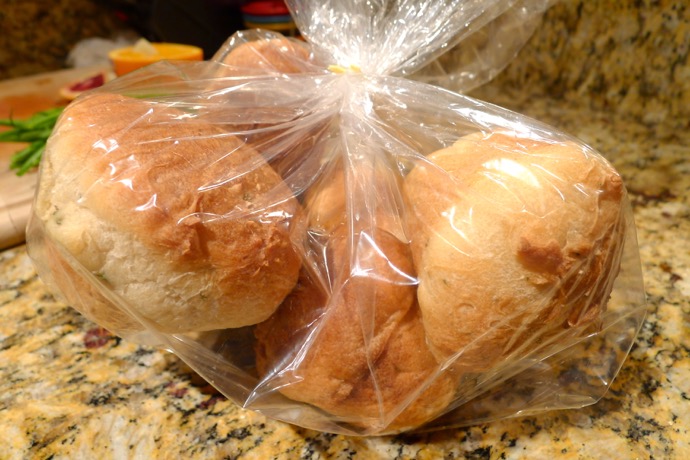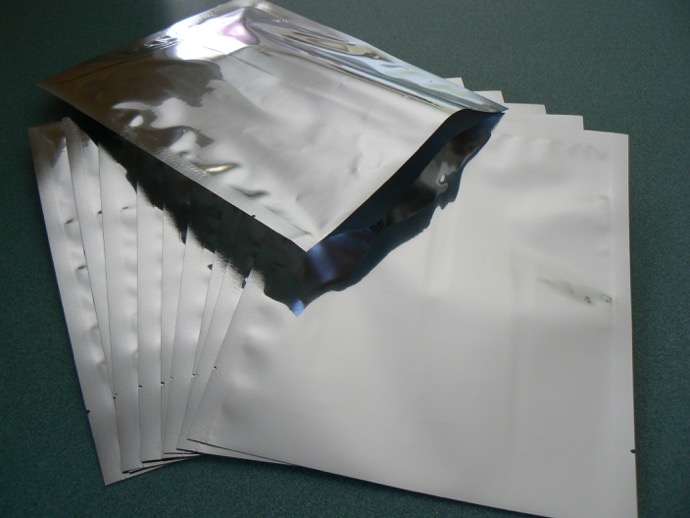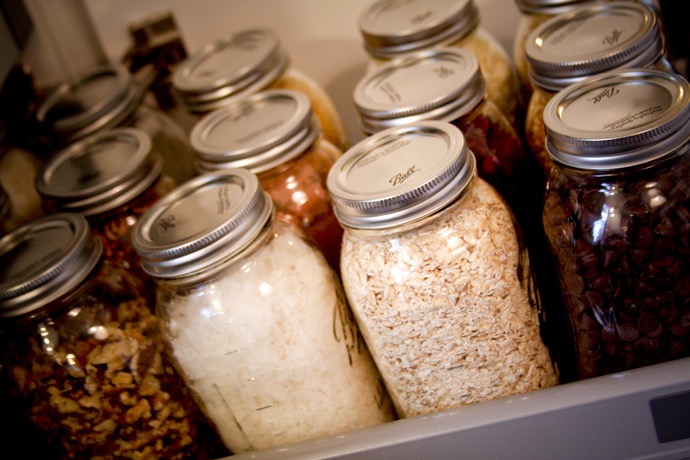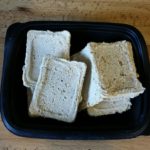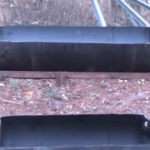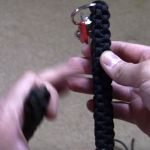A Lesson Learned from Improperly Storing Food
A friend of mine brought over some really nice bread rolls the other day, and I wanted to save them. I put them into a large zip-lock plastic bag, squeezed out as much air as I could without squishing the bread and laid it on the counter. A couple of hours later, I went back to take out a roll and was shocked that it was already hard on the outside. I thought for sure that sealing it in a plastic baggie would keep it nice and soft despite the fact that I live in a hot and dry climate. I had no idea that so much moisture can evaporate from the bread in such a short amount of time.
What surprised me the most was how much air was able to get into the baggie even though it was sealed pretty well. I also know that if I was doing the same thing in a humid climate, the rolls would keep for a longer period of time, and I would have to worry about mold instead of dryness. I just assumed that my short-term storage solution would be just fine because I was using a good zip-lock bag. I was wrong, and it reminded me of the importance of properly packaging foods for short as well as long-term storage in order to maximize quality and minimize waste.
As we know, all foods retain their freshness for only so long, and their shelf life will depend on things like their ingredients, how they are stored, ambient air quality and temperature. A big factor that influences freshness also lies in the material that is being used to store them as well. Unfortunately, the effectiveness of the material can vary from product to product. Maybe this is why experienced “preppers” count on Mylar bags and mason jars to keep their items fresh for long periods of time.
Oxygen and moisture are the two biggest enemies of food storage. A good zip-lock or vacuum sealed bag may keep certain items fresh for a month or longer under the right conditions. However, variances in material and the ineffectiveness of seals contribute to irregularities that can impact food quality and shelf-life. Even dry goods can become stale or moldy after a short amount of time if they are not properly packaged.
It is very important that you take this into consideration as you are developing a food storage system. It is also important that you don’t become deceived when it comes to the idea that thicker or stronger is always better. Thick bags are intended to be stronger, but this doesn’t always translate into creating an airtight barrier that improves the shelf life of foods.
Use bags as directed and expect that you will need to consume foods in a short amount of time to avoid spoilage. Freezer bags can generally keep foods for a few weeks to a couple of months depending on the ingredients. Sandwich bags are good for same-day storage, and standard zip-lock bags can be used to store certain items for a couple of weeks at the most. Keep in mind that plastic containers don’t necessarily keep a lot of air out as well, and they re-introduce air into products every time you remove the lid. They also don’t generally work well in the freezer due to the susceptibility of materials cracking and crumbling once they get cold. There are freezer storage containers, but they also don’t keep out all of the air.
Make sure that you are using appropriate materials for long-term storage so that you don’t end up getting surprised when portions of your stockpile spoils. Mylar bags and mason jars that are properly sealed provide a solid barrier against moisture and oxygen penetration. Secure your food supplies with these items to ensure that you are maximizing shelf-life and minimizing waste.


